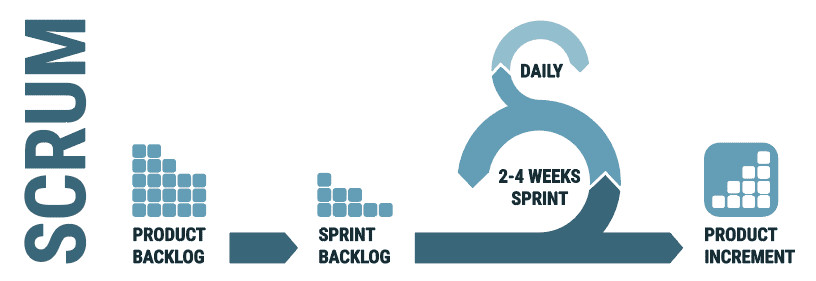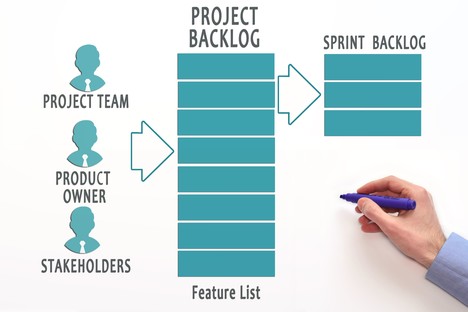6 errors to avoid as a Product owner in a Scrum framework
Delivering a software solution for an industry is a difficult task to achieve. Feedbacks occur from multiple people; the delivery is directly related to the production and there are many factors to consider when starting the conception of the features.
Most of the time, Projects in a context that complex are managed with a V-cycle management. Very powerful in the 80’s for software deliveries, this way of working is much more sequential than iterative.
Far from the V-cycle way of working, being part of a Scrum team as a product owner might be one of the greatest challenges you could have in a tech company. Of course, it implies working on projects or products compatible with the scrum framework. But this compatibility is slowly reaching fields outside of the software development context.
Either looking for a small introduction to the Scrum Framework and precisely the job of Product Owner, or a small wakeup call for any advised and confirmed Product Owners, here are 6 errors you should avoid if you are working as a Product owner in a Scrum team.
Scrum Framework
So why do we use Scrum? What is it?
For anyone familiar with Rugby, a scrum means going as a block as far as possible to gain ground and gain advantage against the other team. There are no more roles, wings, forwards or backs, but a stack of players united together and walking towards the same direction.
This might be astonishing to talk about Rugby in a technical software article, but the Scrum framework is coming directly from this term and this approach. In the 1990s, developing and maintaining product for the large market of software development was very difficult, especially working with the V-cycle. Software solutions need to evolve to keep up their features and requirements. V-cycle is a powerful tool for project management, but it also requires a strongly defined need, and is way more limited when evolutions are required in the middle of the project. Most of the projects were initialized, planned, started, and while going through the quality process, cancelled. The time needed to finalize all the different actions was too long for the company to earn from the value they created. The specifications were constantly evolving and the final product delivered was often not conform to the new standards asked by the customer. Knowing this main problem, a small group of people decided to create a unique framework, in the Agile philosophy: Scrum.
“Agile is an iterative approach to project management and software development that helps teams deliver value to their customers faster and with fewer headaches. Instead of betting everything on a "big bang" launch, an agile team delivers work in small, but consumable, increments. Requirements, plans, and results are evaluated continuously so teams have a natural mechanism for responding to change quickly. “
What is the goal of Scrum ?
As mentioned above, this is not a method. Scrum is a framework. It does not give you the right method to reach the success of a project or a product development. However, it shows the main organization, roles and values to adopt. There are no specific tools or practices to use when you use Scrum. It must not be seen as a path to follow, but more as a main direction to take.
As a member of a Scrum team, you agree to 5 specific values:
-
Commitment
-
Courage
-
Focus
-
Openness
-
Respect
And the team is divided into three main roles:
-
The development teams
-
The Product Owner
-
The Scrum Master
Each role has its own responsibilities in the whole process of deliverables without any kind of hierarchy between them. Most of the decisions are taken together as a team, including the definition of how long a sprint should be, when a feature of the product must be considered done and releasable, or even the time estimation of the tasks. The global architecture of it looks like the following :

